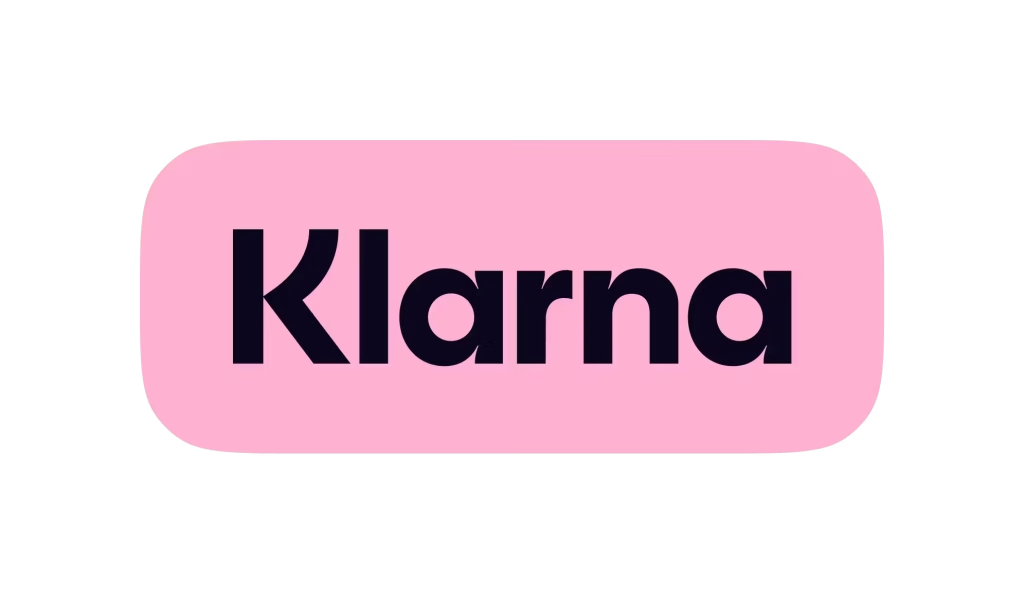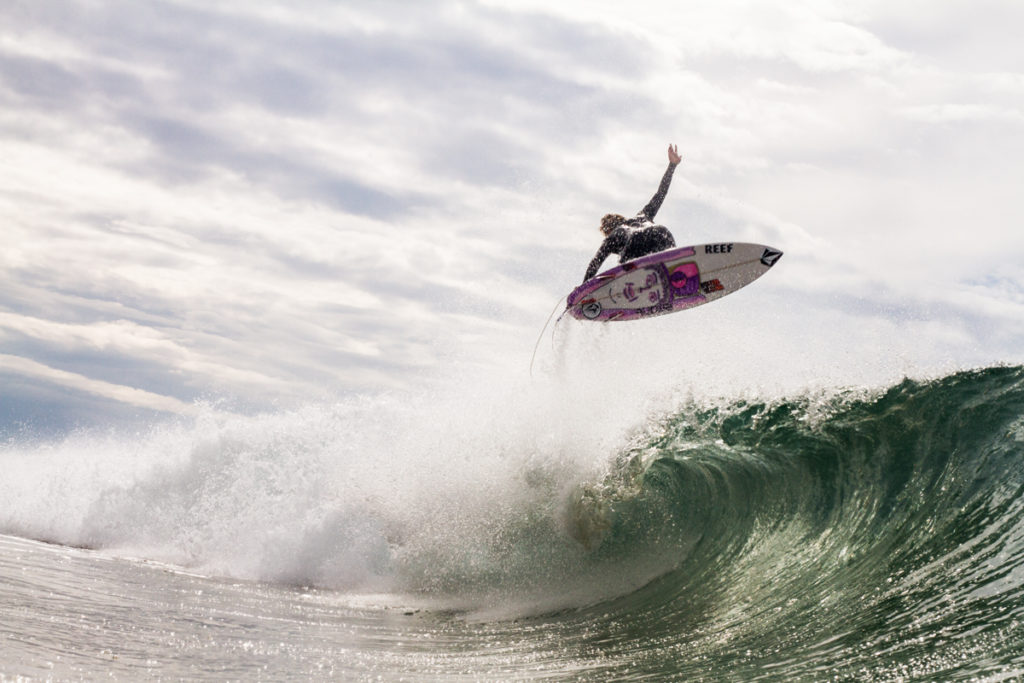Buy Now, Pay Later

Free Surfboard Advice
Customer Service 9am - 5pm (UK)
Trusted by Pyzel

The royal family has a long association with surfing, starting with King Edward VIII in the early 20th century. King Charles III is also a long-time surfer and windsurfer, who has enjoyed the waves at beaches all over the world.
He is also the patron of Surfers Against Sewage, a charity founded in 1990 to protect the world’s oceans, beaches and wildlife against pollution. Recently, they have spearheaded a campaign against single-use plastics that are polluting the sea and killing marine life.
King Edward VIII, who ascended to the throne in 1936, was the pioneer of royal surfing. In April 1920, when he was Edward, Prince of Wales, he made an official trip to the Hawaiian Islands, where he was invited to try surfing at Waikiki Beach in Honolulu, before the sport became a global lifestyle choice.
Aged 26, he was persuaded to ride the waves by a man known as the “father of modern surfing” – multiple Olympic gold medallist Duke Kahanamoku, who was 29 at the time. Edward was taken out into the ocean by an outrigger canoe, before surfing the famous Hawaiian waves.
The event is commemorated in the Museum of British Surfing, where an authentic replica of the board he rode at Waikiki is on permanent display. Described as being, “so stoked” by his experience, the future king organised a three-day surfing trip later that year.
The royal ship, HMS Renown, took Edward back to Waikiki in September 1920 for the surfing holiday. However, he enjoyed it so much, the ship had to delay its return, because the prince wanted to carry on surfing..
When Edward stood up on his surfboard and glided across the waves, the moment was captured by a local photographer. Another photo shows the party resting on their surfboards as they took a break from riding the waves.
Prince Henry, Duke of Gloucester, opened one of the first wave pools in the world at the Empire Swimming Pool, Wembley Stadium, in 1934. It attracted people wishing to try out the popular leisure activity of “surf bathing” with a bellyboard before World War II.
The wave heights of the pool could be adjusted, making it an incredible feat of engineering even by today’s standards. The Duke of Gloucester was a passionate surfer himself, having rode the waves in New Zealand.
In 1947, the late Queen Elizabeth II (then 21-year-old Princess Elizabeth) and her sister Princess Margaret, 17, also tried their hand at surfing during an official royal visit to South Africa. The two princesses were introduced to the water sport by cabinet minister Harry Lawrence and his wife Jean.
The princesses were delighted at being introduced to the warm waters of the Indian Ocean. However, according to newspaper reports, their father, King George VI, wasn’t happy at the photos in the papers showing his daughters in bathing costumes. He was so infuriated that he ordered the crowds to be kept back, with no photographs permitted, while Harry Lawrence gave them surfing lessons.
The King and Princess Margaret reportedly paddled their wooden boards into slightly choppier waves, but Princess Elizabeth and her ladies-in-waiting remained in shallower water.
King Charles III has been a keen surfer throughout his adult life. The first photos of him surfing at Constantine Bay Beach, in Cornwall, dated from 1970, when he was 22 years old. He went surfing there for the next three years.
The photos were taken when Prince Charles was riding the waves alongside surfer Phil Turner, from Plymouth, whose wife Marguerite had taken her camera along. She later donated the pictures to the Museum of British Surfing. Phil said later that they were worried Prince Charles’s bodyguard might object to photos being taken. However, as Charles left the surf, she was able to take pictures of him and the group of surfers around him.
Cornish surfers Nick McBrean and Mick Wingfield were also in the water that day. Charles had parked his Aston Martin car on the dunes to go surfing with his single-fin surfboard.
The locals recalled Prince Charles was rather lacking in surf etiquette, as he would drop in on their waves unexpectedly. He also enquired how to use the wax on his board. They told His Majesty to rub it on the bottom of the board to go faster, advising, “It’s just like waxing your skis.”
In November 1977, Prince Charles was spotted surfing again at Bondi Beach in Australia, during his official visit as Patron of the Queen Elizabeth II Silver Jubilee Trust for Young Australians. It was reported that he had already decided to go surfing before setting off on the trip, as he wanted to experience Sydney’s famous surfing locations.
Initially, he went to Coogee on 5th November, but the local lifeguards advised him the surfing experience would be better at Bondi Beach. He was offered a wetsuit by local surfers but declined. However, immediately he wished he had accepted their offer. He said the water was very cold, adding, “It reminds me of home.”
The monarch was given surfing tips by local teenager Peter Koutouzis, aged 15. Afterwards, Koutouzis told journalists Prince Charles could “stand beautifully” on the board and ride it, but he was “slow”. When Charles and Diana married, Koutouzis was one of the few ordinary people invited to appear in their official wedding book.
In August 1978, Charles was photographed sailing on a windsurfing kite in Australia. Later that year, he invited the whole British national surfing team to join him at Buckingham Palace before they jetted off to compete in the World Amateur Championships in South Africa.
He was patron of the former British Surfing Association at the time. Team members, Colin Wilson, Bob Male, Nigel Semmens, Steve Daniels, Pete Jones and Lord Ted Deerhurst were the first surfers to be invited to the palace. They finished third at the world championship, with Deerhurst later becoming the first pro surfer in Europe.
When Surfers Against Sewage marked its 30th anniversary in 2020, Charles looked back on his own surfing experiences while signing a specially commissioned wooden surfboard. He praised the organisation’s work and modestly told the gathering he had “tried to do a bit of surfing” himself but was “rather unsuccessful”. He said he wished he was about to do it again and try out the surfboard, rather than just signing it, while emphasising how much he supported everything the charity did, describing it as being “of great importance”.
© 2024 Ocean Magic – The Factory. All rights reserved. Company Number: 04664716. VAT Registered 807 8508 12

Get 10% off your first order!
Join the Lineup!